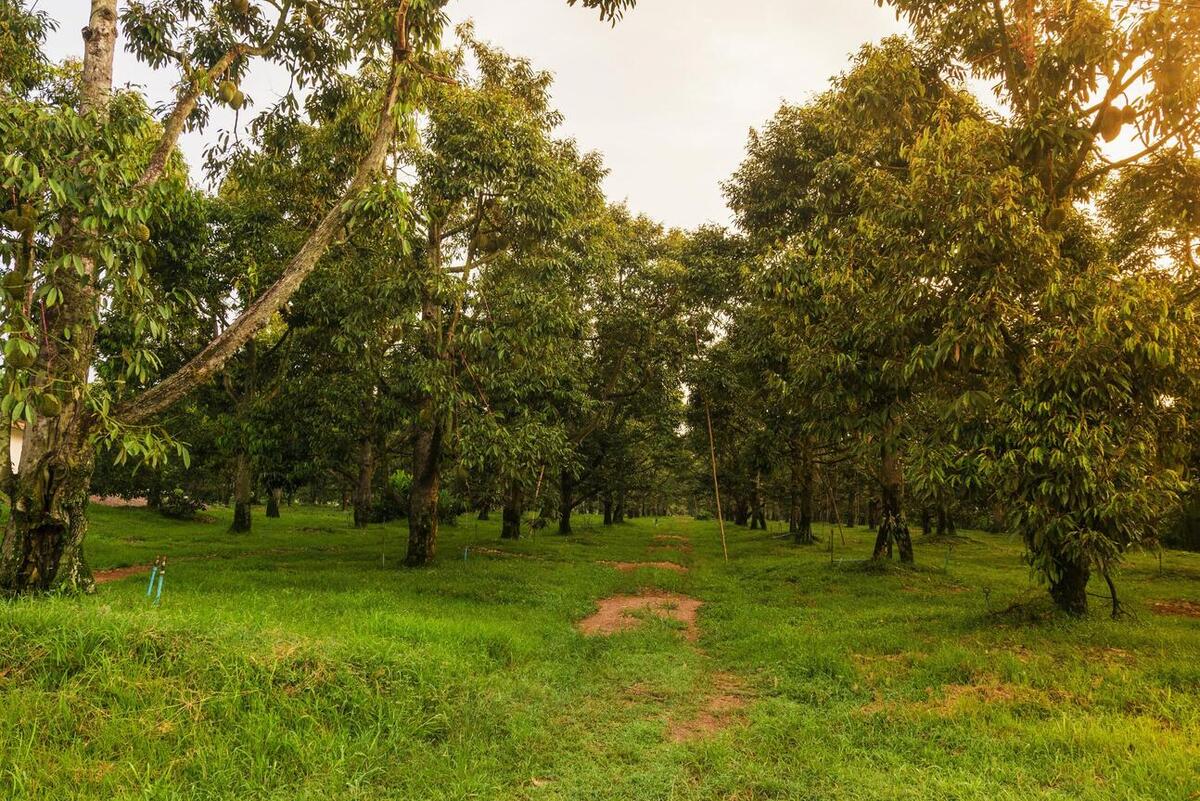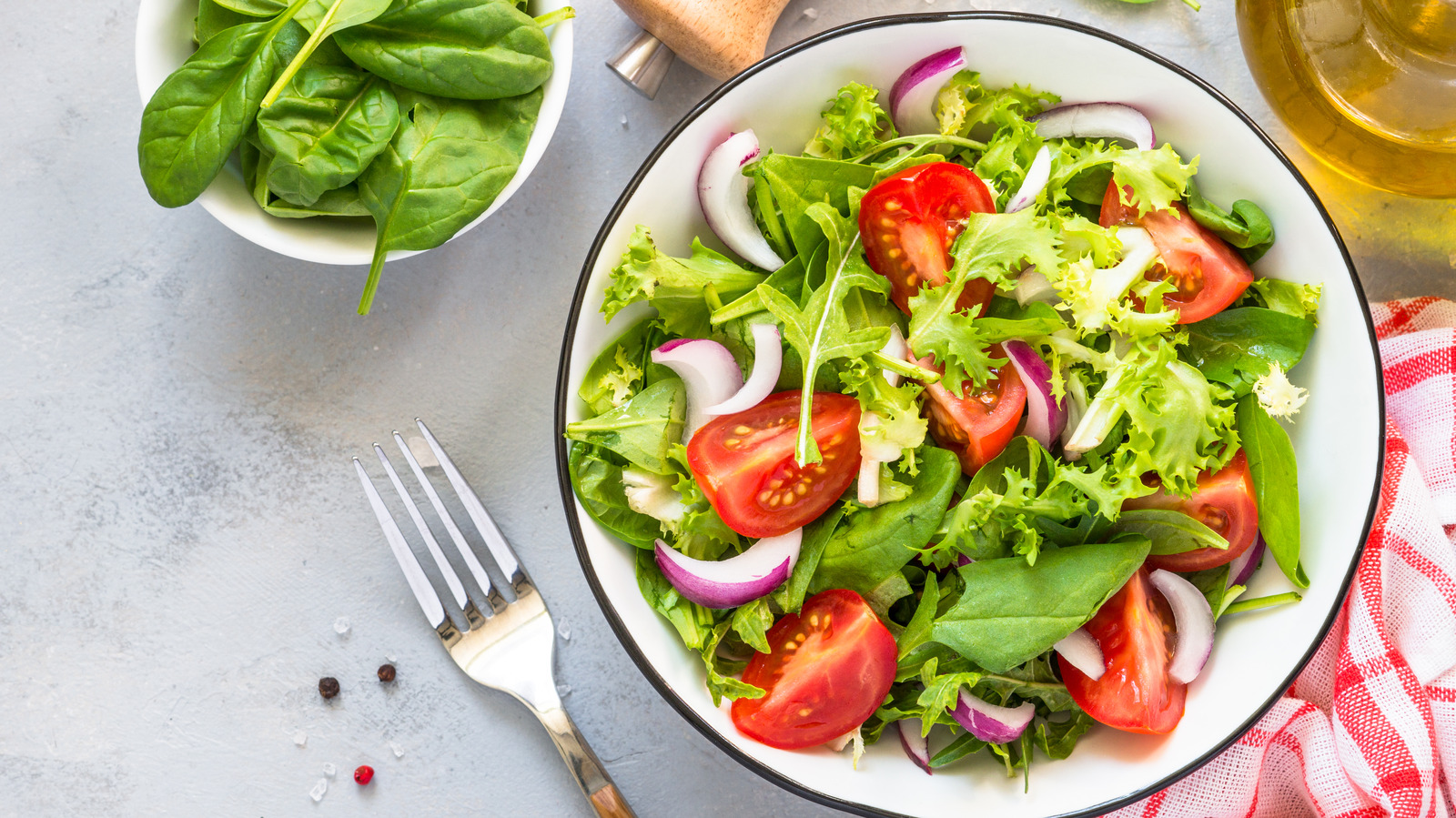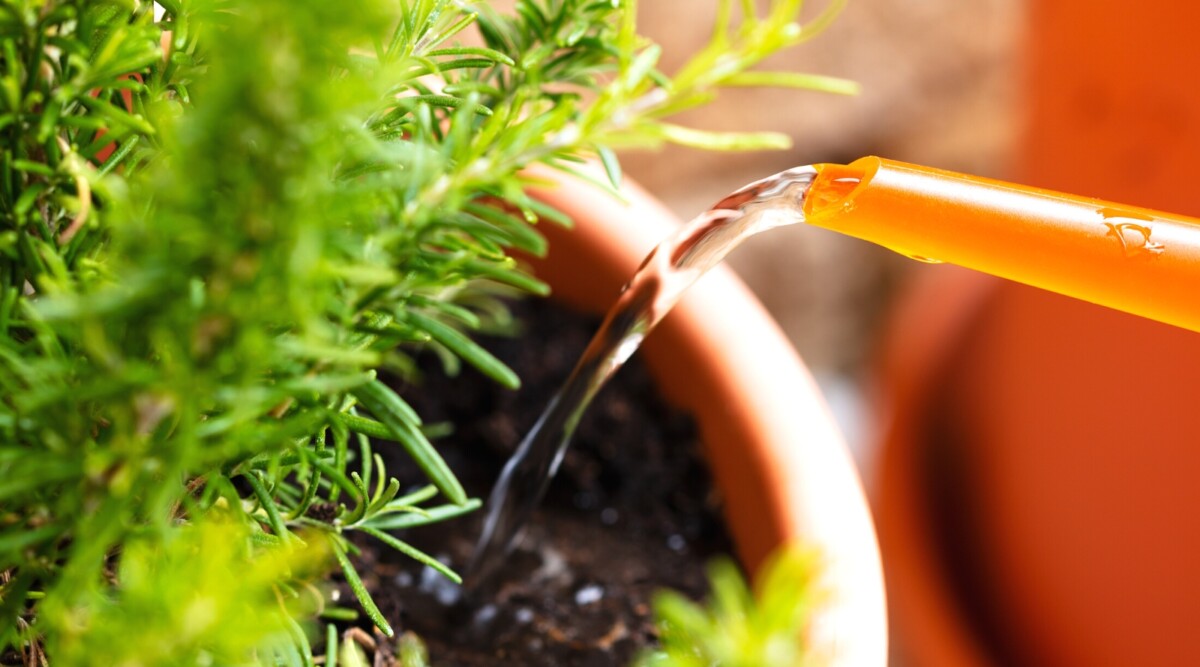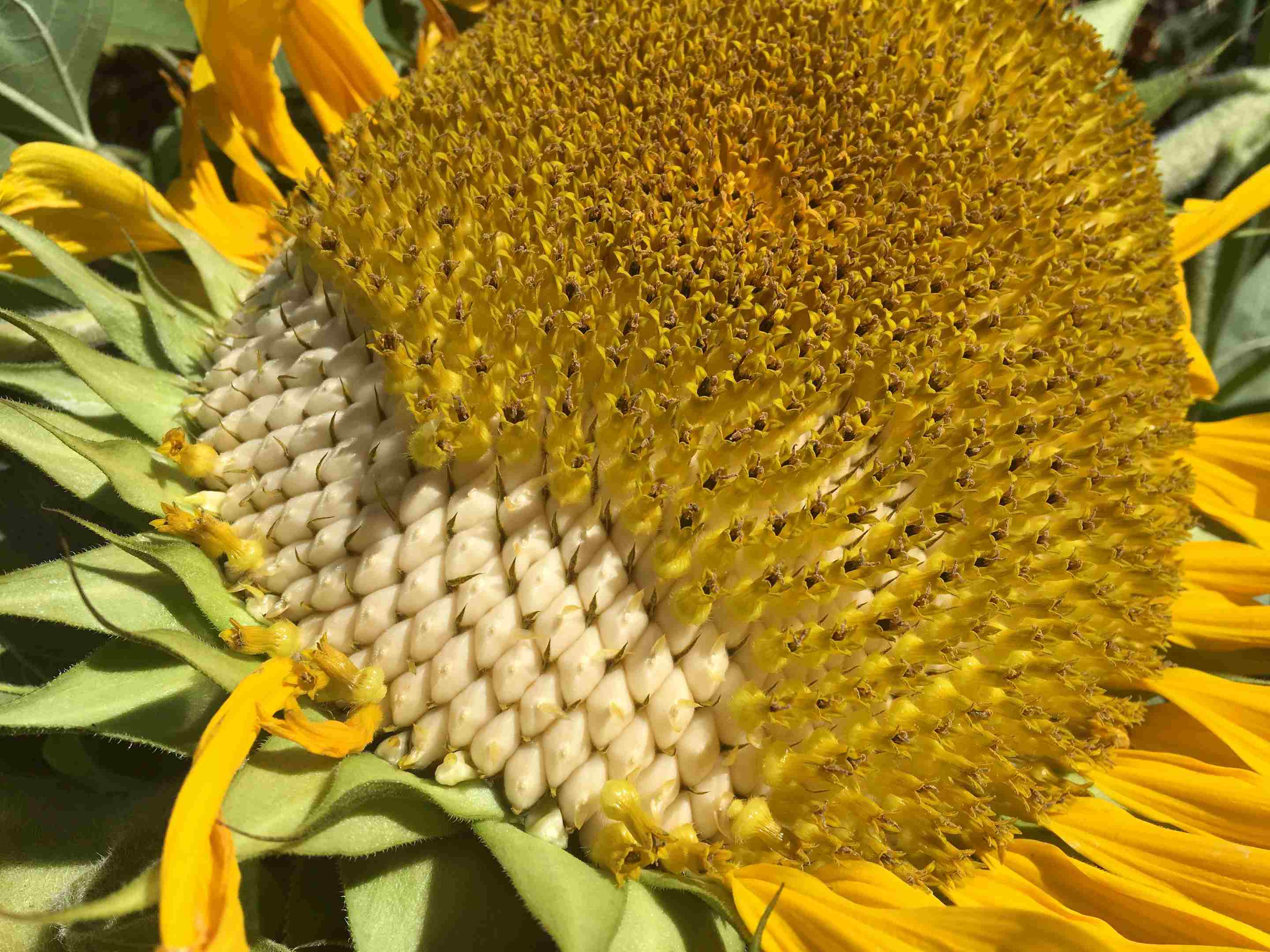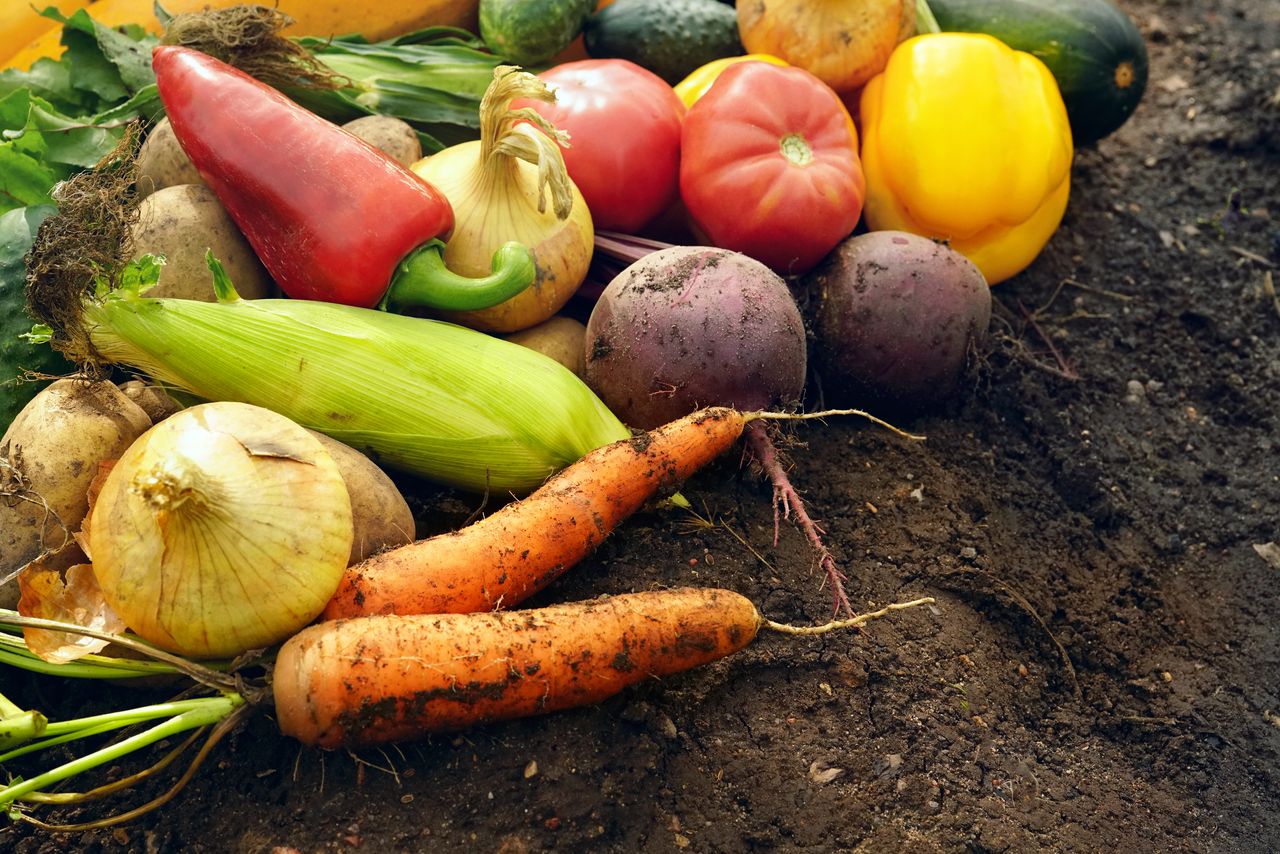Home>Types of Gardening>Edible Gardening>How Many Vegetable Seeds Should I Plant Per Hole


Edible Gardening
How Many Vegetable Seeds Should I Plant Per Hole
Modified: January 22, 2024
Discover the right way to plant vegetable seeds in your garden. Learn how many seeds to place in each hole for successful edible gardening.
(Many of the links in this article redirect to a specific reviewed product. Your purchase of these products through affiliate links helps to generate commission for Chicagolandgardening.com, at no extra cost. Learn more)
Table of Contents
Introduction
Edible gardening is a rewarding and fulfilling hobby that allows you to grow your own fresh and nutritious vegetables right in your backyard. Whether you have a large plot of land or just a small balcony, planting vegetable seeds is a great way to enjoy the benefits of homegrown produce. However, understanding how many seeds to plant in a hole is crucial for ensuring optimal growth and harvest.
When it comes to planting vegetable seeds, there are several factors to consider. Proper spacing is essential for allowing each plant to receive adequate sunlight, water, and nutrients. Overcrowding can lead to stunted growth, disease susceptibility, and poor yield. On the other hand, planting too sparsely can result in wasted space and less productivity.
In this article, we will explore the factors to consider when planting vegetable seeds and provide recommendations for spacing. Additionally, we will offer guidelines for planting specific vegetable seeds and share some tips for successful seed planting. With this knowledge, you’ll be equipped to plan and execute your edible garden with confidence.
Factors to consider when planting vegetable seeds
When planting vegetable seeds, there are several important factors to consider to ensure optimal growth and a bountiful harvest.
1. Space: Adequate spacing between seeds is crucial to allow each plant to receive sufficient sunlight, water, and nutrients. Different plants have different space requirements, so it’s essential to research the specific spacing needs for the vegetables you are planting.
2. Soil quality: The quality of the soil plays a vital role in the success of your edible garden. Ensure that the soil is well-drained, rich in organic matter, and has a balanced pH level. This will provide the necessary nutrients for healthy plant growth and development.
3. Climate and season: Different vegetables have different temperature and climate preferences. Before planting, take into account your local climate and growing season. Some vegetables thrive in cool temperatures, while others require warmer conditions.
4. Sunlight: Most vegetables require ample sunlight to grow and produce a good harvest. Choose a location that receives at least 6-8 hours of direct sunlight each day. If you have limited sunlight, consider planting shade-tolerant vegetables.
5. Watering: Proper watering is vital for seed germination and plant growth. Consistent moisture is important, but be careful not to overwater, as it can lead to root rot and other issues. Use a watering schedule or drip irrigation system to ensure plants receive adequate moisture.
6. Companion planting: Consider companion planting, which involves planting complementary plants together to maximize growth and deter pests. Some plants have natural insect-repellent properties or help enrich the soil.
7. Pest control: Take steps to prevent and manage pests that can damage your vegetable crop. Use organic pest control methods whenever possible to minimize the use of harmful chemicals.
By considering these factors, you can create an optimal growing environment for your vegetable seeds and increase the chances of a successful and abundant harvest.
Recommendations for spacing vegetable seeds
Proper spacing is crucial when planting vegetable seeds to ensure that each plant has enough room to grow and thrive. The spacing requirements may vary depending on the specific vegetable you are planting. Here are some general recommendations for spacing different types of vegetable seeds:
1. Leafy Greens: Vegetables like lettuce, spinach, and kale can be planted fairly close together. Aim for a spacing of around 6-8 inches between plants. This allows them to grow densely while still having enough space to develop their leaves.
2. Root Vegetables: Vegetables like carrots, radishes, and beets require more space for their root development. Plant these seeds about 2-3 inches apart in rows spaced around 12-18 inches apart. Thin them out once they start growing to allow enough space for the roots to mature.
3. Bushy Vegetables: Plants like tomatoes, peppers, and eggplants tend to have a bushy growth habit. Space them about 18-24 inches apart to allow air circulation and prevent overcrowding. If you are growing them in containers, choose larger pots to accommodate their size.
4. Vine Vegetables: Vegetables like cucumbers, beans, and peas are vining plants that require support as they grow. Plant these seeds about 6-12 inches apart and provide trellises or stakes for them to climb on. This spacing will help ensure good airflow and easy access for harvesting.
5. Spreading Vegetables: Some vegetables, such as zucchini and watermelon, tend to spread out as they grow. Give these plants ample space, around 24-36 inches apart, to allow their vines to sprawl without overcrowding other plants.
Remember, these are general recommendations, and some varieties may have specific spacing requirements. Always refer to the seed packets or consult reliable gardening resources for precise spacing instructions. Adjust the spacing based on the size and growth habit of the specific vegetable you are planting.
By following these spacing recommendations, you can promote healthy growth, airflow, and access for maintenance and harvesting in your edible garden.
Guidelines for planting specific vegetable seeds
Each type of vegetable seed has its own specific planting guidelines to ensure successful germination and growth. Here are some general guidelines for planting popular vegetable seeds:
1. Tomatoes: Start tomato seeds indoors 6-8 weeks before the last frost date in your area. Sow the seeds in a seedling tray or small pots, burying them about ¼ inch deep in moist seed-starting mix. Place the tray/pots in a warm area (70-80°F) with indirect sunlight. Once the seedlings have grown their first true leaves, transplant them into larger pots or your garden, with a spacing of 24-36 inches apart.
2. Carrots: Carrot seeds are tiny and should be sown directly into the garden bed. Prepare the soil by removing rocks and loosening it to a depth of 8-10 inches. Sow the seeds thinly, about ¼ inch deep and 1 inch apart in rows spaced 12-18 inches apart. Once the seedlings emerge, thin them to 2-3 inches apart to allow room for the roots to develop.
3. Cucumbers: Cucumber seeds can be started indoors or sown directly into the garden. If starting indoors, sow the seeds in peat pots about 2-4 weeks before the last frost date. Plant them ½ inch deep and transplant them into the garden once the soil has warmed up and all frost danger has passed. Space the plants 12-24 inches apart in rows spaced 36 inches apart.
4. Peppers: Pepper seeds can be started indoors 8-10 weeks before the last frost date. Sow the seeds in a seedling tray or small pots, burying them ¼ inch deep in moist seed-starting mix. Place the tray/pots in a warm area (70-80°F) with indirect sunlight. Once the seedlings have grown their first true leaves, transplant them into larger pots or your garden, with a spacing of 18-24 inches apart.
5. Lettuce: Lettuce seeds can be sown directly into the garden bed or started indoors. If sowing directly, scatter the seeds thinly across the prepared soil surface and gently press them in. Once the seedlings reach about 2-3 inches tall, thin them to the recommended spacing, usually around 6-8 inches apart. If starting indoors, follow the same procedure as tomatoes, transplanting them into the garden once the risk of frost has passed.
These are just a few examples of specific planting guidelines for different vegetable seeds. Remember to always consult the seed packets or reliable gardening resources for precise instructions on planting depth, spacing, and timing specific to each vegetable variety.
By following these guidelines, you’ll give your vegetable seeds the best chance at successful germination and growth, leading to a productive and enjoyable edible garden.
Tips for successful seed planting
Proper seed planting techniques are essential for ensuring successful germination and healthy plant growth. Here are some tips to help you achieve success in your seed planting endeavors:
1. Read and follow instructions: Always read the seed packets carefully and follow the instructions regarding planting depth, spacing, and timing. Different vegetable seeds may have specific requirements, so it’s important to understand and adhere to them.
2. Prepare the soil: Before planting, prepare the soil by removing any weeds, rocks, or debris. Loosen the soil to a depth of 8-10 inches and amend it with organic matter such as compost to improve fertility and drainage.
3. Use fresh seeds: Ensure that you are using fresh, viable seeds for planting. Check the expiration date on the seed packet or perform a simple germination test by placing a few seeds on a damp paper towel and keeping them in a warm place. If most of the seeds germinate within the recommended timeframe, they are likely good to plant.
4. Timing is key: Plant seeds at the appropriate time for your specific region and the vegetable you are growing. Some seeds should be started indoors and transplanted, while others can be directly sown into the garden. Consider the frost dates and seasonal climate to determine the best timing for each type of seed.
5. Water consistently: Keep the soil consistently moist during the germination and seedling stages. Avoid overwatering, as it can lead to rotting or fungal diseases. Use a gentle watering method to prevent dislodging the small seeds or seedlings.
6. Provide adequate light: Most vegetable seeds require sufficient sunlight for germination and growth. If starting seeds indoors, place them in a sunny spot or use artificial grow lights to provide adequate light intensity for healthy seedling development.
7. Thin out seedlings: Once your seedlings have grown their first set of true leaves, thin them out to the recommended spacing to avoid overcrowding. This allows each plant to have enough space to grow and access to sunlight and nutrients.
8. Label your plants: To avoid confusion, label your plants or use plant markers to keep track of the different vegetable varieties you have planted. This is particularly important if you are starting seeds indoors or planting multiple types of seeds in the same area.
9. Mulch and weed: Apply a layer of organic mulch around your seedlings to help retain moisture, regulate soil temperature, and suppress weed growth. Regularly weed the garden bed to prevent competition for resources and to keep the area clean and tidy.
By following these tips, you’ll be well on your way to successful seed planting and the joy of watching your edible garden thrive.
Conclusion
Planting vegetable seeds is an exciting and rewarding experience, allowing you to grow your own fresh and nutritious produce. By considering the factors such as spacing, soil quality, climate, and sunlight, you can create an optimal environment for your vegetable seeds to thrive. Following the recommendations for spacing different types of vegetable seeds ensures that each plant has enough room to grow and access the necessary resources. It’s important to follow the specific planting guidelines for each vegetable variety to ensure successful germination and growth. Additionally, implementing tips such as reading instructions, preparing the soil, using fresh seeds, and providing adequate water and light will further enhance the chances of success in your seed planting endeavors.
Remember, gardening is a journey of learning and experimentation. Be open to adjusting your approach based on the specific needs of your plants and the conditions in your garden. Gain knowledge from reliable sources, connect with other gardeners, and observe the behavior of your plants to continuously improve your skills.
So go ahead and embrace the joy of planting vegetable seeds. Witness the transformation from tiny seeds into flourishing plants and eventually enjoy the delicious harvest. With careful planning, proper spacing, and attentive care, you’ll be rewarded with a thriving edible garden that provides an abundance of fresh, homegrown vegetables for you and your loved ones to enjoy.
